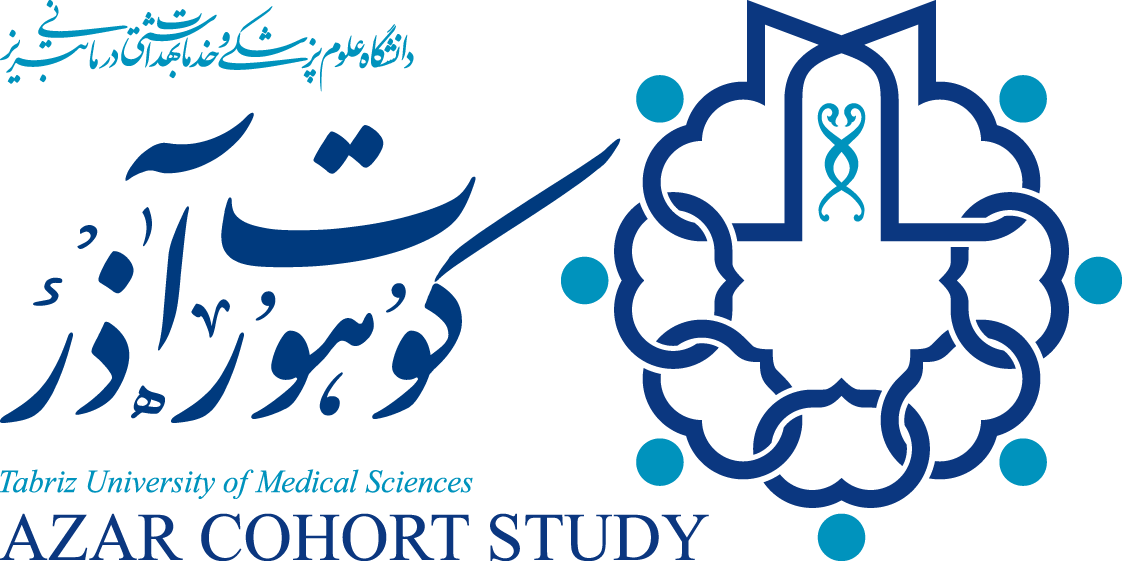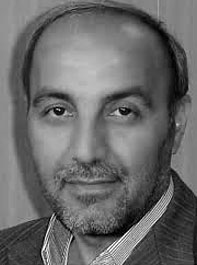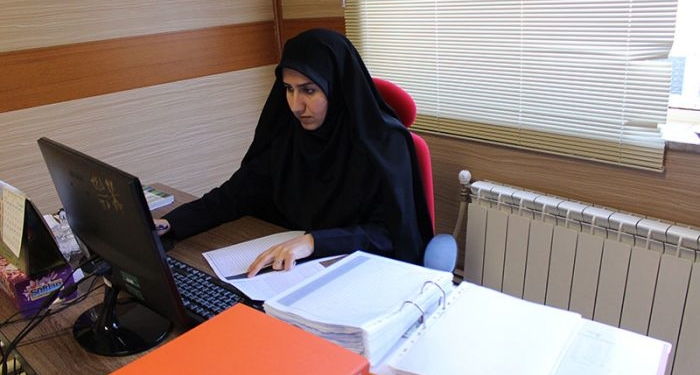Principal Investigator: Mohammad Hossein Somi
Professor of medicine and gastroenterology, Tabriz University of Medical Sciences
Azar Cohort Profile
Approval date
2014.12.31
Starting date
2014.08.10
Goals
1. To determine incidence rates of different non-communicable diseases or outcomes 2. To estimate the risk and protective factors of non-communicable diseases in a representative sample of middle aged population 3. To determine all-cause mortality rates, as well as specific mortality rates of the leading causes of death 4. To evaluate the relationship between genetic, life style / socioeconomic status and environmental risk factors and the most important non-communicable diseases by case cohort and nested case control designs that will be implemented on the cohort infrastructures 5. To evaluate time trends of lifestyle and environmental factors and the outcomes of interest in the different cohort sites of Iran 6. To evaluate the effectiveness of the most relevant interventions, and to explore the effectiveness of novel interventions, for reducing important non-communicable outcomes through community interventional trials that will be implemented on the population subsets 7. To enhance international collaborations with recognized medical universities and research institutions
Study population
Men and women aged 35–70 years residing at Shabestar city
Sampling method and sample size
15000 subjects
Data Collection
All data were collected based on the Persian cohort protocol. Individual and socioeconomic information, their exposure status including physical activity, nutrition, individual habits as well as information about their illnesses along with drug use and full examinations related to biochemical tests are performed and all information about their examinations are recorded. A sample of urine, nails and hair is also collected from all individuals.
Follow up Methods
Participants will receive annual phone calls through which follow-up questionnaires will be completed regarding the occurrence of death or the incidence of any medical events, hospitalizations, or diagnostic/ therapeutic care. If a participant has expired or has been diagnosed with a major NCD, investigators will follow the phone call with a house/hospital visit to perform a more thorough follow-up and to collect copies of pertinent medical documents for further evaluation and recording. A verbal autopsy form validated in the Iranian population is also completed in the event of death.
Main Exposures
Demographics, Socioeconomic Status ,Lifestyle Factors, Occupational History, Physical Activity ,Circadian Rhythm, Mobile Use, Pesticide Use, Past Medical History, Medicine Use (Past and Present), Family Medical History, Obstetrics and Gynecology History (Women), Oral Health, Personal Habits (Drugs and Alcohol), Food Frequency Questionnaire, Dietary Habits, Water Use, Supplements, Biological Samples( blood, urine, hair, nail)
Outcomes
1) number of deaths, by cause 2) incidence of major NCDS, such as CVD, cancer, metabolic disorders, digestive, respiratory, renal, and hepatic disorders, neurological diseases, etc 3) trends in major risk factors associated with diseases, including anthropometric factors, physical activity, and many physiological, lifestyle, nutritional, and environmental factors
Tabriz University of Medical Sciences Health Care Worker Cohort Profile
Starting date
Pilot and enrollment phases: 2018
Goals
To determine prevalence of diabetes, chronic lung diseases, cancers, and cardiovascular Diseases and their related risk factors in health care worker cohort study
Study population
Health care worker of Tabriz University of Medical Sciences
Sampling method and sample size
– Health care worker at Tabriz University of Medical Sciences
-2600 subjects
Data Collection
In this study, data was collected by questionnaires.
Follow up Methods
Due to the lack of funding, the follow-up has been done only for a limited number of people
Main Exposures
Demographics, Socioeconomic Status ,Lifestyle Factors, Occupational History, Physical Activity ,Circadian Rhythm, Mobile Use, Pesticide Use, Past Medical History, Medicine Use (Past and Present), Family Medical History, Obstetrics and Gynecology History (Women), Oral Health, Personal Habits (Drugs and Alcohol), Food Frequency Questionnaire, Dietary Habits, Water Use, Supplements, Biological Samples( blood, urine, hair, nail)
Outcomes
1) number of deaths, by cause 2) incidence of major NCDS, such as CVD, cancer, metabolic disorders, digestive, respiratory, renal, and hepatic disorders, neurological diseases, etc 3) trends in major risk factors associated with diseases, including anthropometric factors, physical activity, and many physiological, lifestyle, nutritional, and environmental factors
Cohort Information
Video






















